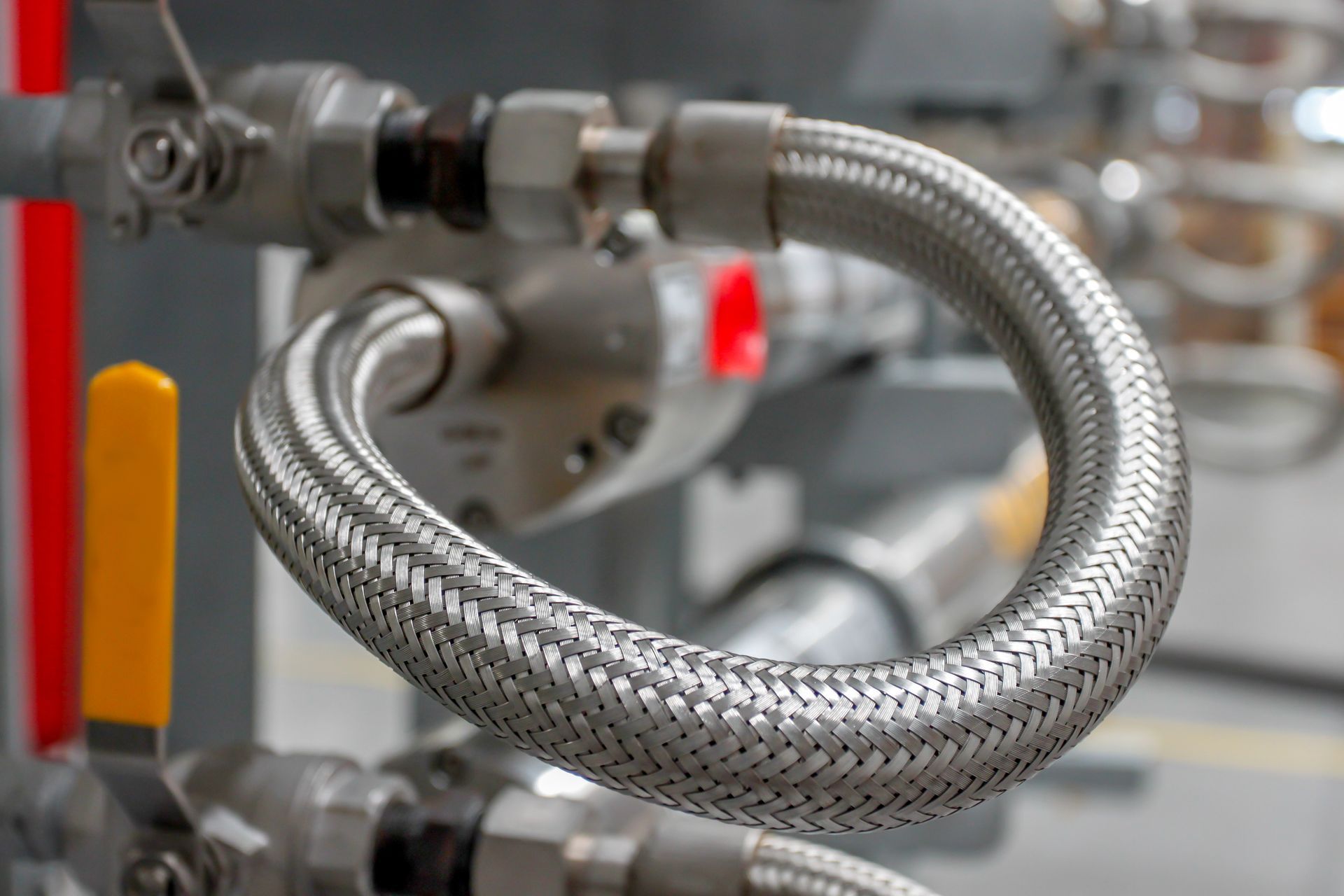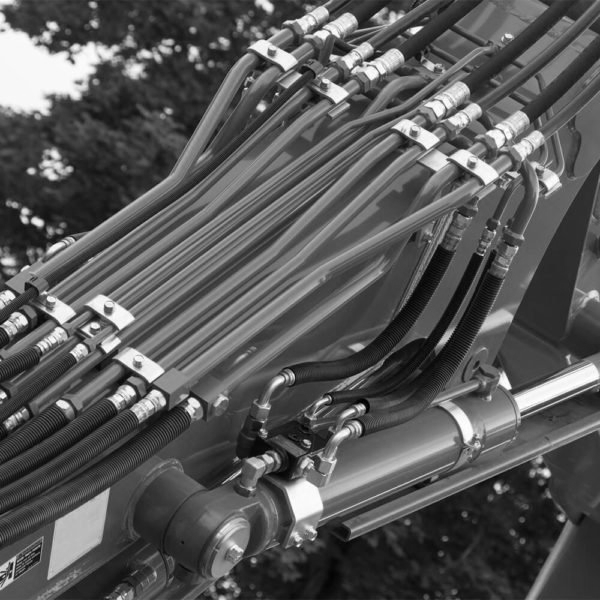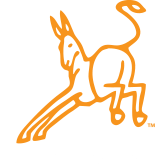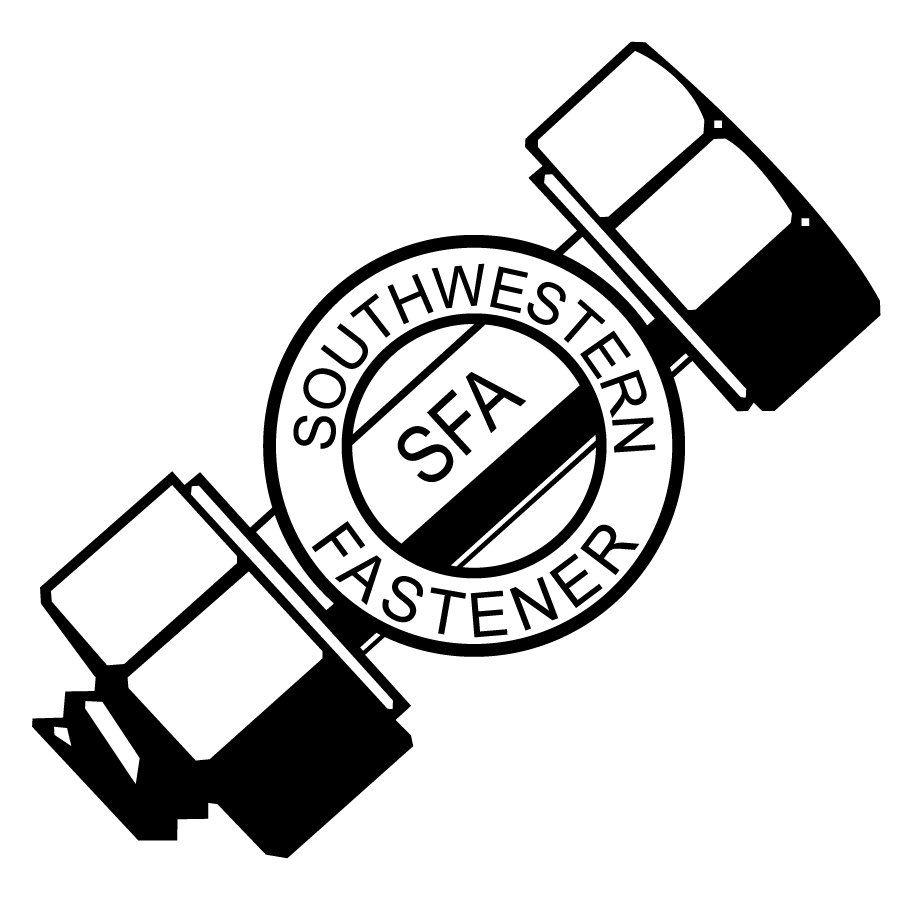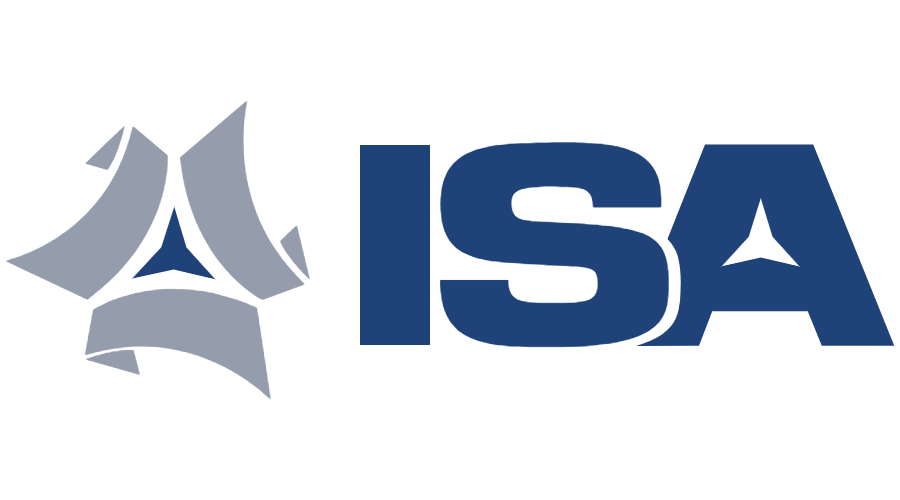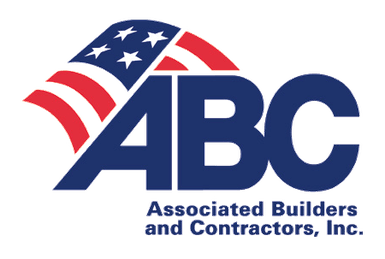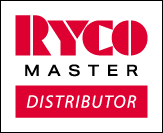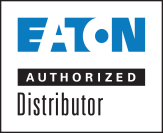22 Feb, 2024
Spring is rapidly approaching in Houston, Texas. While it brings warmer temperatures, it is also a time for heavy rains and severe weather in this area. Here are practical steps to safeguard your hose assemblies from flooding before the spring storms come into play. Determine Which Areas on Your Sites Are Vulnerable to Flooding If you are working at a new site, you can utilize tools like community records and FEMA’s Flood Map to assess the area’s flood risk. Also, note any low-lying areas on the site where water tends to collect during rain. Also, note which areas are slowest to drain or will require additional equipment to drain in the event of a flood. Elevate Equipment and Parts Inventory Store hose assemblies and related equipment in elevated locations to minimize water exposure. Before the spring storms start, make sure your equipment is positioned out of flash floods and the average flood levels for the area. Utilize elevated platforms, racks, or shelves to keep hoses and fittings above potential flood levels. Designate storage areas away from flood-prone zones Check to ensure all equipment is above areas that collect water, especially any new equipment or assemblies. Keep hoses and pipelines that can not be waterproofed above ground level. Install hangers, clamps, or supports to secure hoses along walls, ceilings, or elevated structures. Make sure they are secured against heavy wind gusts over 35 mph to avoid kinking, scraping, and other wear on suspended parts during heavy weather fronts and other storms. Waterproof Storage Containers Water and humidity can shorten the life of your spare parts and contaminate the hoses with mold, silt, and other materials. Utilize waterproof storage containers or cabinets to protect your inventory. Ensure containers are securely sealed to withstand heavy rainfall and potential flooding. Invest in Flood Barriers When necessary, install flood barriers, berms, or containment walls to divert water away from critical areas of your sites. You can also store sandbags, concrete blocks, or water-inflated flood barriers to quickly create barriers against rising water levels. Regularly inspect and maintain flood barriers and related equipment to ensure they are ready for severe weather events. Make Sure Drainage Systems are Clear Clear debris, sediment, and vegetation from drains, gutters, and culverts to prevent blockages and facilitate unobstructed water flow. If any drainage areas seem sluggish, prioritize inspections and repairs in those areas. Update Your Emergency Response Planning Develop or update your comprehensive emergency response plan so the entire staff and team know what to do and who to turn to during extreme weather events. Define roles and responsibilities for personnel during a flooding event, including electrical safety, shutdown, and evacuation procedures. Establish communication channels and make sure all contact information is up-to-date. Delays due to outdated numbers can be costly. Conduct regular training exercises and drills to ensure employees are prepared to respond effectively during flooding incidents. Make sure safety and first aid equipment is inspected and ready for use. Action Supply Has Helped Industrial Sites Stay Equipped since 1981 Don’t let a flood get in the way of your site’s processes. Our experts have decades of local experience on the best ways to protect your inventory from flooding incidents, and our inventory management service ensures you have the parts you need when you need them. Contact us today!
